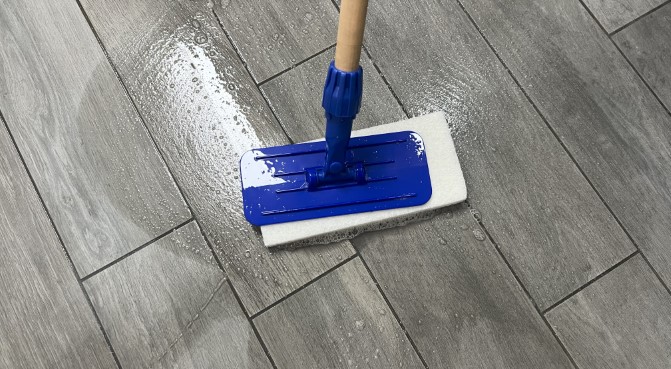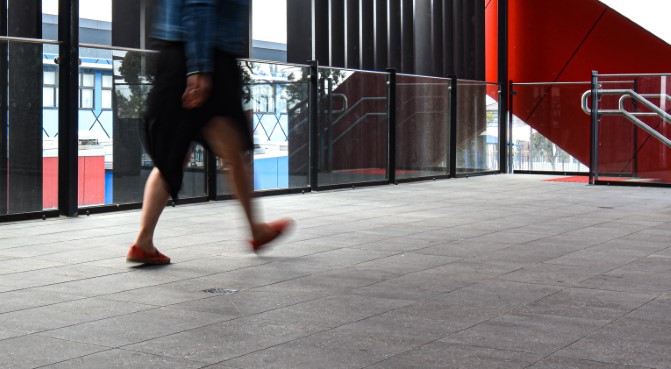
Slip Resistance – Standards Australia
Standards Australia publish two slip resistance handbooks:
- HB197:1999 An Introductory Guide to the Slip Resistance of Pedestrian Surfaces
- HB 198:2014 Guide to the Specification and Testing of Slip Resistance of Pedestrian Surfaces
In the years following the publication of HB197, many designers and operators took the view that this was an optional guideline (not a standard) and that compliance was a choice. Insurers quickly disagreed when courts were awarding significant payments to claimants in slip cases and in general settled claims where a design did not meet the minimum recommendations of this Handbook.
A number of strong criticisms emerged about aspects of the handbook, several were likely justified, however a number of problems arose simply because users did not familiarise themselves with some of the details and explanations that were within the pages.
Handbook 197 was intended as an interim publication and the recommendations contained within were intended to be MINIMUMS. Those who believed that a complying selection would prevent any problems often found out the expensive way after a series of problems with products in service. Handbook users who simply designed by skimming the tables found in the Handbook, often made incorrect assumptions. Perhaps the most common was because the tables often recommended results by more than one test method e.g.
Table 3 for example lists both Ramp (R ratings) and Pendulum (Z,Y..V ratings). For a building entry foyer this table recommend an R10 ramp and/or an X pendulum. Some users therefore determined incorrectly that an R10 was equivalent to an X. In fact there is no direct correlation between Ramp / Pendulum or other test method results.
R10 ≠ X (or Y or W or P2 or P3 etc)
HB198 published in 2014 does not replace HB197, however there is some additional information and some clarification of some of the most questioned and criticised aspects of the original handbook. Most notable aspects of HB198 are:
- R11 minimum (or P4 ) now recommended for external walkways (R10 is inadequate)
- Prescriptive recommendations under the NCA/BCC for all classes of buildings including for the first time Residential buildings for stairs, ramps and landings
- Acknowledgement on the effects of wear on slip resistance and recommendation to use wear conditioning of samples before measuring slip resistance (AWT Accelerated Wear Testing)


